World's biggest telescope to beat NASA James Webb Telescope, Hubble! India to help build it
A giant 30-meter-wide telescope to be built with the help of Indian scientists is bigger than the James Webb Space Telescope and the Hubble Space Telescope.
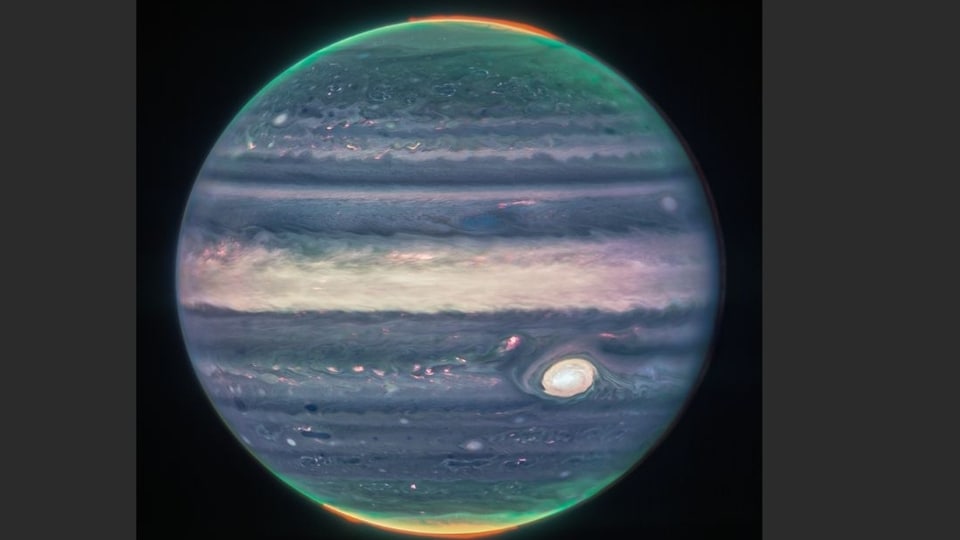
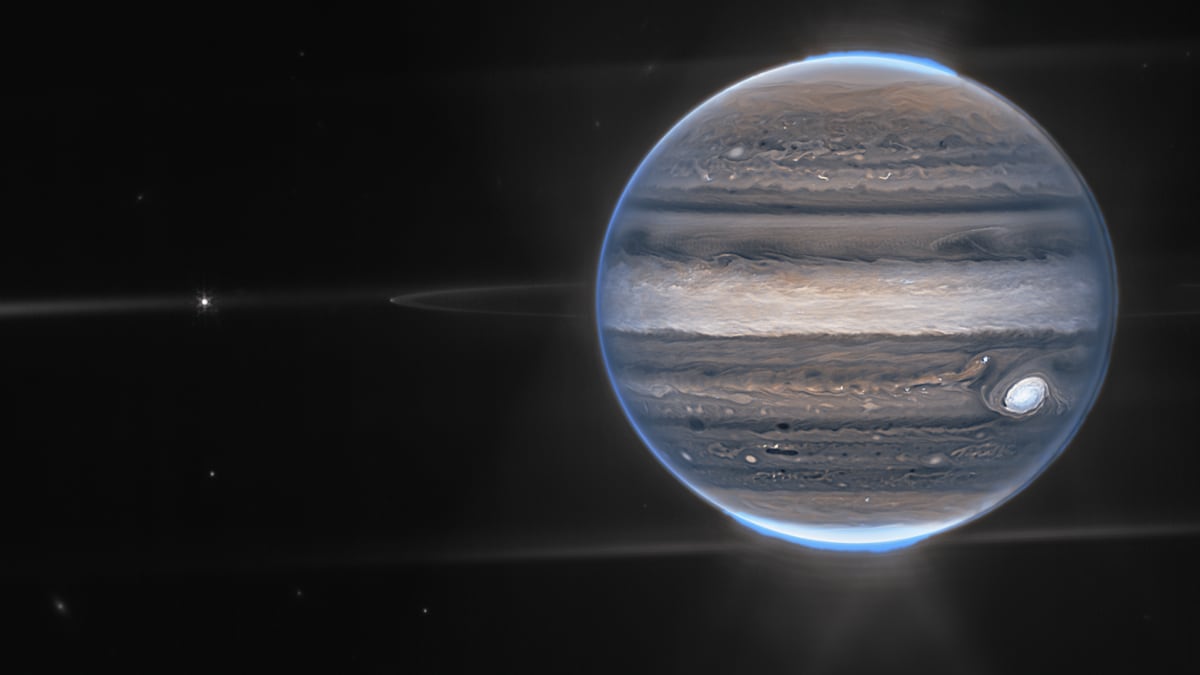
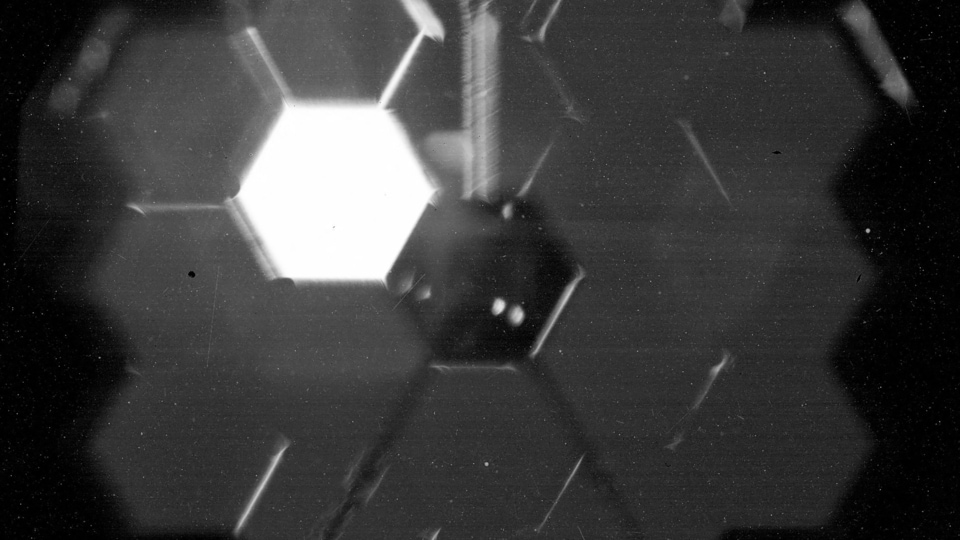
_1661230453587.jpg)
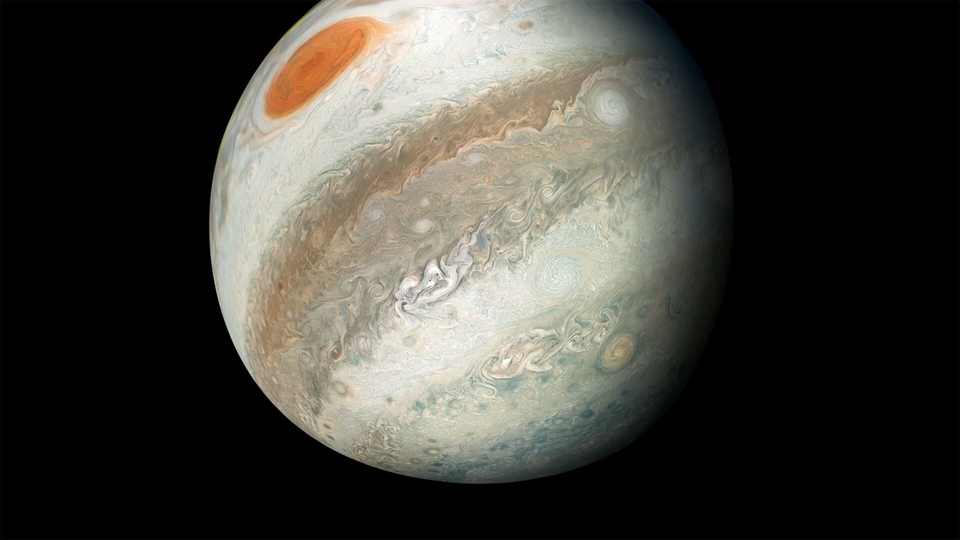
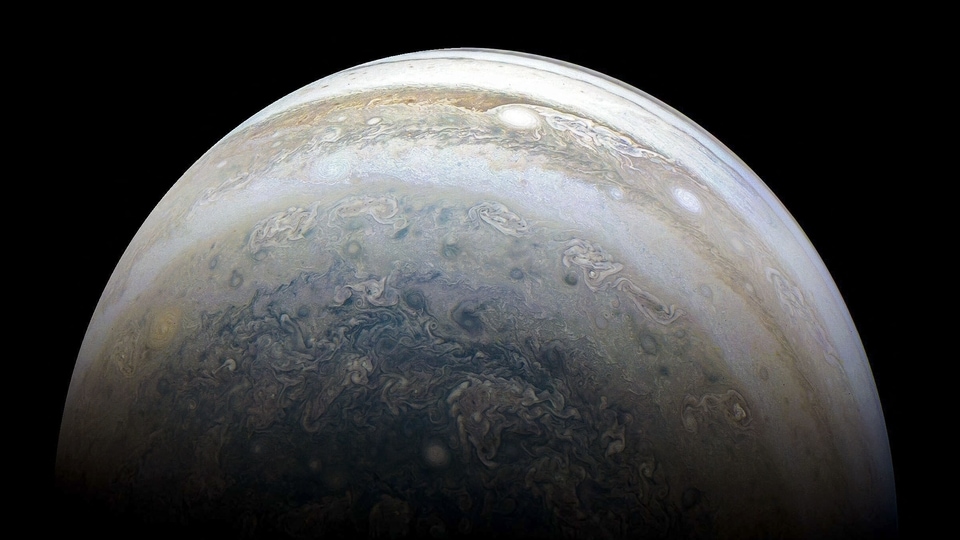
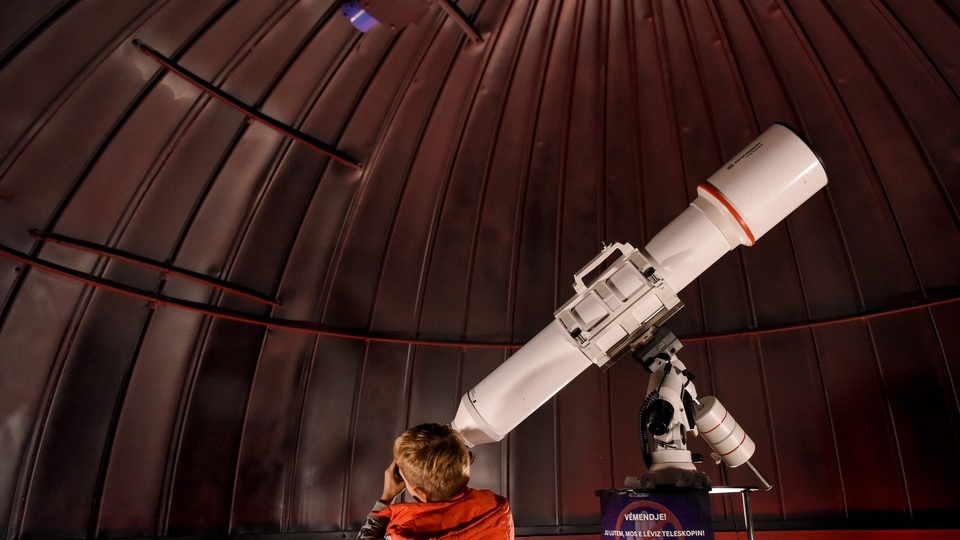
 View all Images
View all ImagesThe two biggest space-based telescopes are none other than NASA's Hubble Space Telescope with a diameter of 2.5 mtr and its successor James Webb Space Telescope with a diameter of 6.5 mtr. Now in an exciting astronomical development, a new world's largest telescope is coming up, which is said to be the largest "eye on the universe." It is an optical, infrared telescope that will have a diameter of 30 mtr. Indian scientists, engineers, and industries will help in the development of this giant telescope to be set up at its proposed location in Maunakea in Hawaii.
This 30-metre Telescope is also known as TMT, which will be the largest ever telescope at an estimated cost of $2.66 billion. India, the US, Japan, Canada and China will collaboratively work on this mega-project, Prasanna Deshmukh, one of the scientists of this telescope project, told IANS. According to the current plan, this giant telescope will "open its eye" to the Universe by 2032.
From India, the Inter-University Centre for Astronomy and Astrophysics (IUCAA), Pune, the Indian Institute of Astrophysics (IIA), Bengaluru, and the Aryabhatta Research Institute of Observational Sciences (ARIES), Nainital will help to create and set up the TMT in Hawaii. Apart from these, more than 50 Indian industries are contributing to this telescope project. Plus, there will be direct or indirect involvement of around 200 scientists, engineers, experts, technicians, and others.
Purpose of TMT Telescope
With the help of the 30-metre telescope, scientists aim to get a better glimpse of the planets, stars, galaxies, exo-planets, nebulas, supernovas, or pulsars in the depth of the universe. While conducting spectroscopy of such heavy stellar objects, the telescope will try to find if life exists or can thrive there. Moreover, it will scout for the possibility of a future for earthlings there. As per the report, the primary mirror will include 492 hexagon mirrors supported by another 1,476 actuators, 2,772 high-precision edge sensors, and 10,332 smaller actuators to get clear images from shocking distances in the Universe.
"The TMT will enable us to peek from one light year (in our solar system) to the early Universe, or around 13.7 billion light years away. Consider - The nearest neighbour of our Milky Way Galaxy, the Andromeda Galaxy is some 25.3 lakh light years away. So imagine the power and reach of the TMT,” Deshmukh said.
Catch all the Latest Tech News, Mobile News, Laptop News, Gaming news, Wearables News , How To News, also keep up with us on Whatsapp channel,Twitter, Facebook, Google News, and Instagram. For our latest videos, subscribe to our YouTube channel.

























